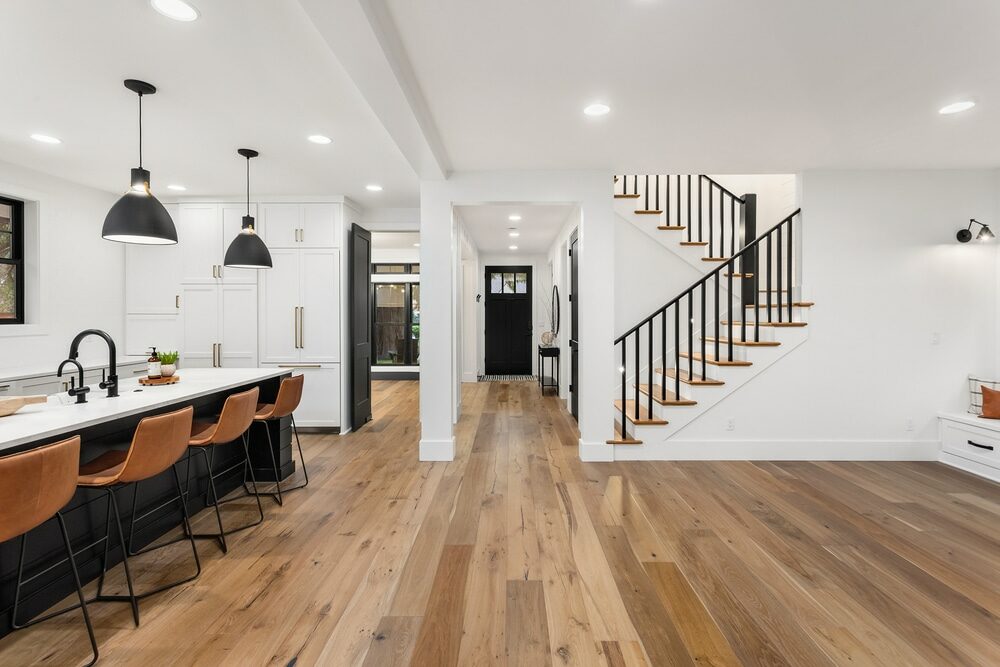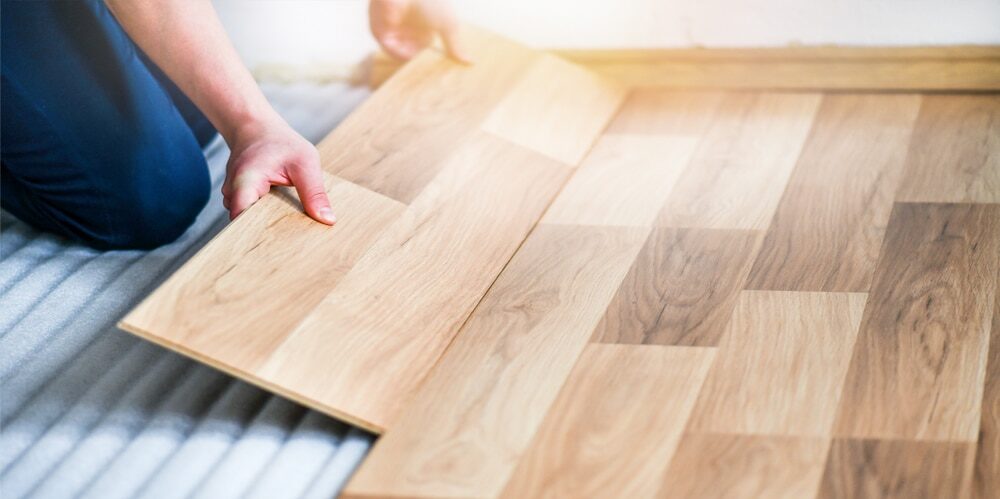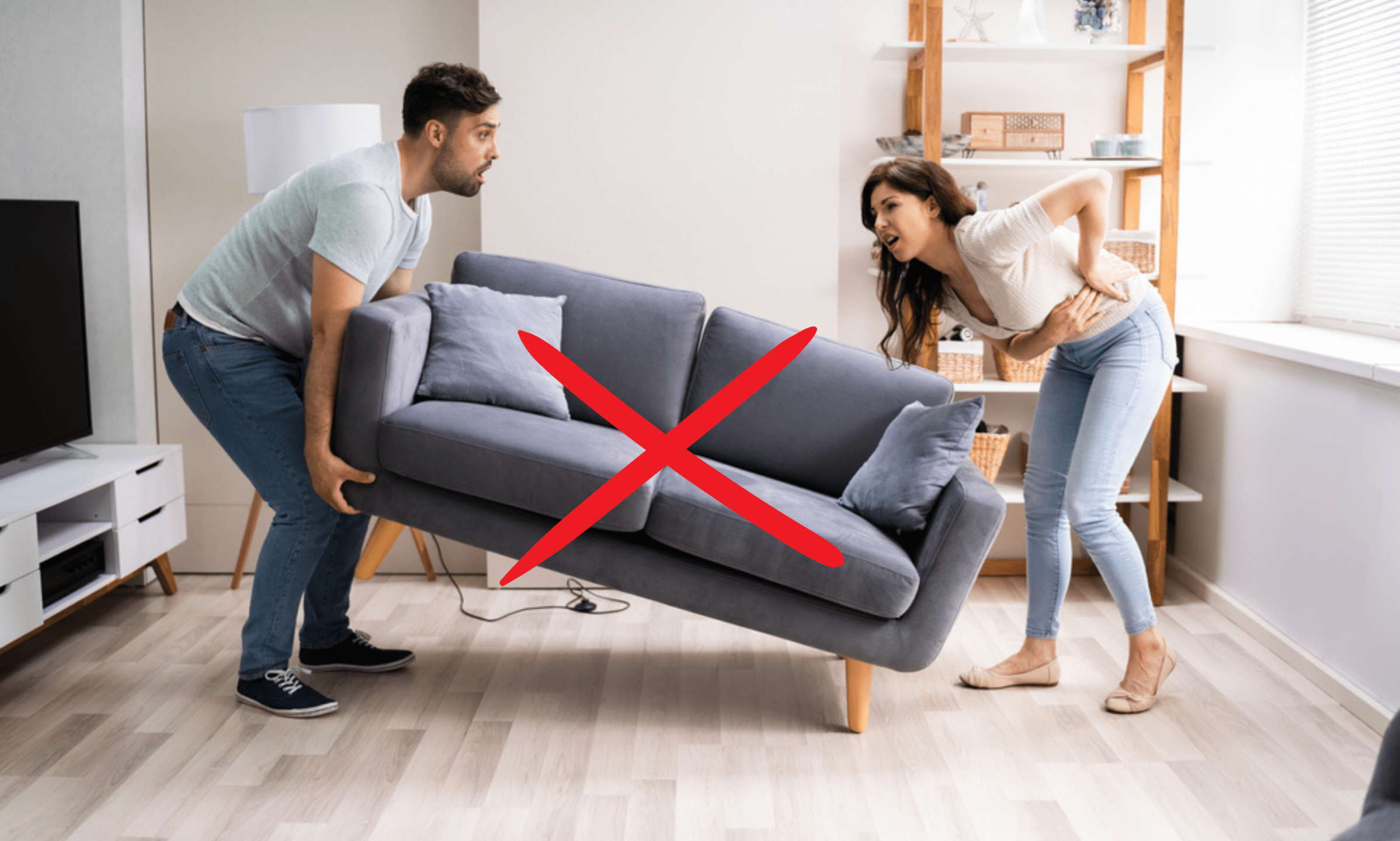London:
Nationwide:
Mastering the Art of Wooden Floor Sanding: Know Your Limits
Posted on May 22, 2023
Blog
Understanding Your Limits When Sanding Wooden Flooring
The charm and warmth of wooden flooring are undeniably captivating. But over time, life leaves its footprints, and your beautiful wooden floor might begin to show signs of wear and tear. That’s when sanding wooden flooring comes into play. However, it’s crucial to know your limits when it comes to this hands-on task. In this comprehensive guide, we’ll walk you through what you need to know about sanding wooden flooring, the potential challenges, and the points at which you might need to call in a professional.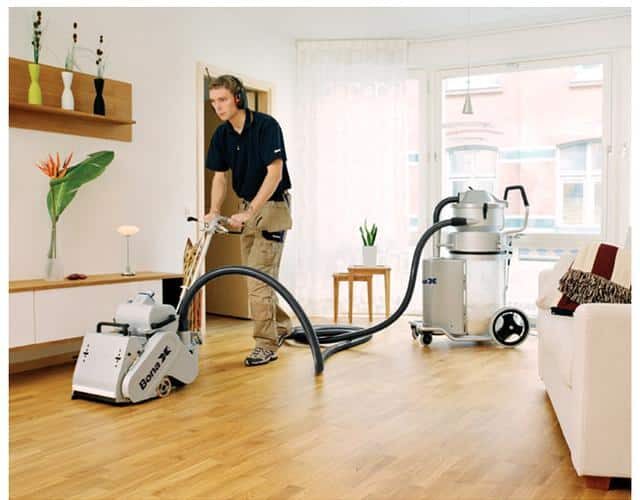
A Glimpse into Sanding
Sanding, in essence, is a process that involves removing the top surface of your wooden flooring using abrasive materials. This method is primarily used to eliminate scratches, dents, and old finishes, thereby reviving the old and worn-out wooden floor and giving it a fresh, new look. However, it’s a process that requires a keen eye, proper tools, and a comprehensive understanding of the wood you’re working with.The Importance of Knowing Your Limits
Sanding is not always as simple as it seems, and it can quickly escalate into a complicated task. There are several factors to consider and many potential pitfalls. Over-sanding, for instance, can wear down your wooden floor, causing irreversible damage. Furthermore, if your floor has been sanded multiple times in the past, it might be too thin to withstand another round. One of the critical factors in this process is recognizing your limitations. Knowing when to take on a project yourself and when to call in a professional can save you time and money and prevent unnecessary damage to your flooring.
DIY sanding: feasible or not?
Yes, DIY sanding is feasible, but it comes with several caveats. As a beginner, it’s crucial to understand the type and condition of your wooden floor, the right sanding tools to use, and the correct techniques.Understanding Your Wooden Floor
Wooden flooring comes in various types: solid wood, engineered wood, and parquet. Each of these has a different thickness, structure, and composition, which ultimately determines their sanding suitability. For instance, solid wood flooring is the most durable and can be sanded and refinished several times during its lifetime. Engineered wood, on the other hand, has a thin veneer of real wood on top. It can only be sanded a limited number of times before you risk damaging the structural integrity of the floor. Parquet flooring, with its intricate patterns, can be tricky to sand without professional help.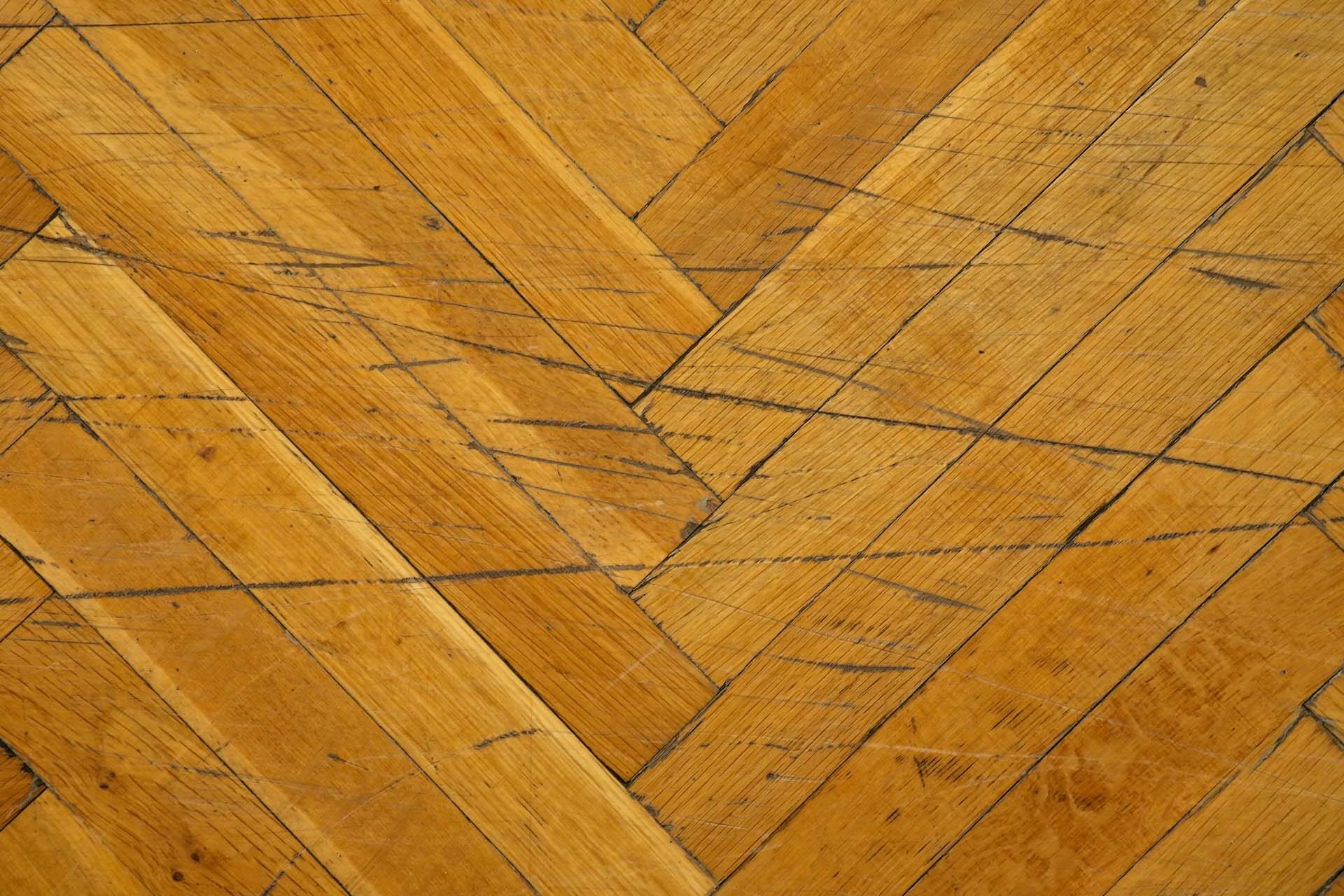
Choosing the right tools
The market offers an array of sanding machines, from drum sanders and orbital sanders to edging sanders. Your choice depends on the size of the room and the condition of the floor. While drum sanders are powerful and can cover large areas quickly, they can easily damage your floor if not used properly. Orbital sanders, which are less aggressive but slower, are generally safer for a novice DIYer. Edging sanders are used for corners and edges that larger machines can’t reach.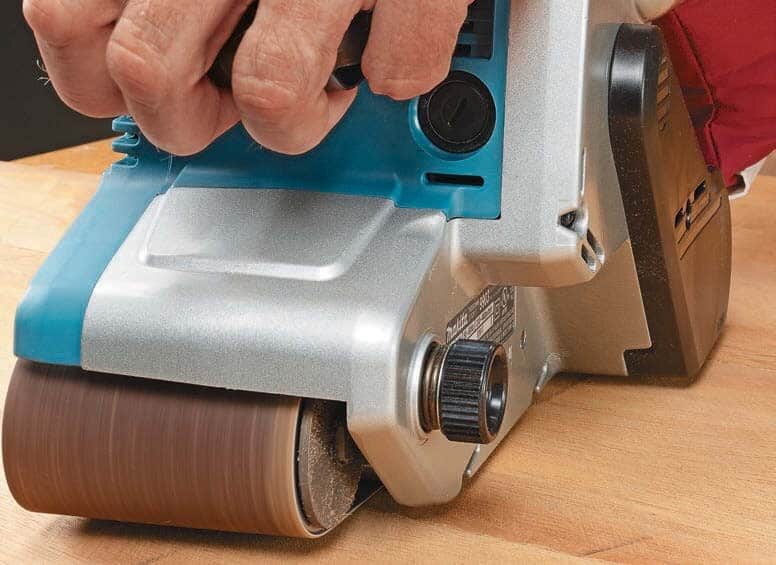
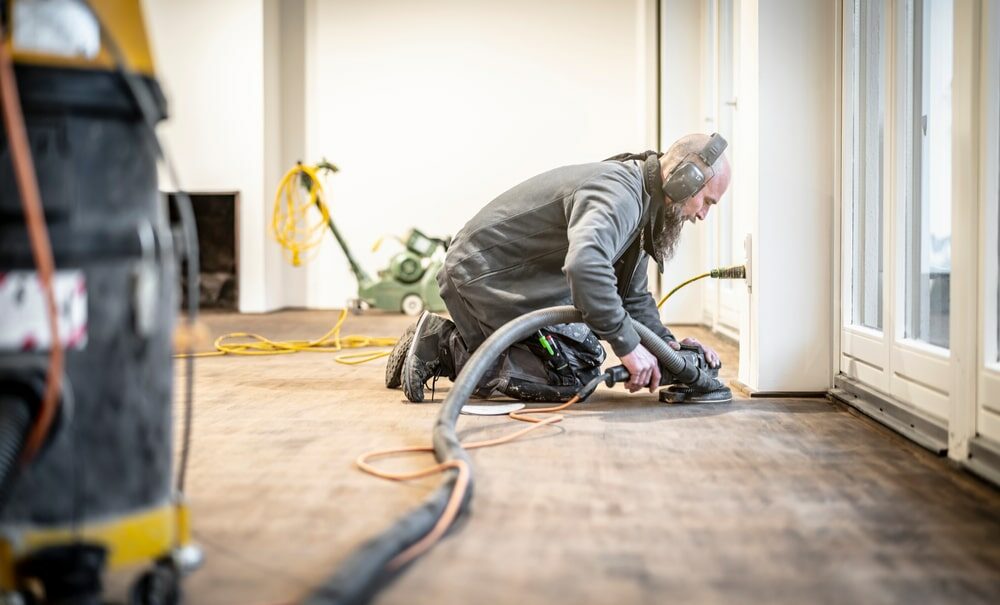
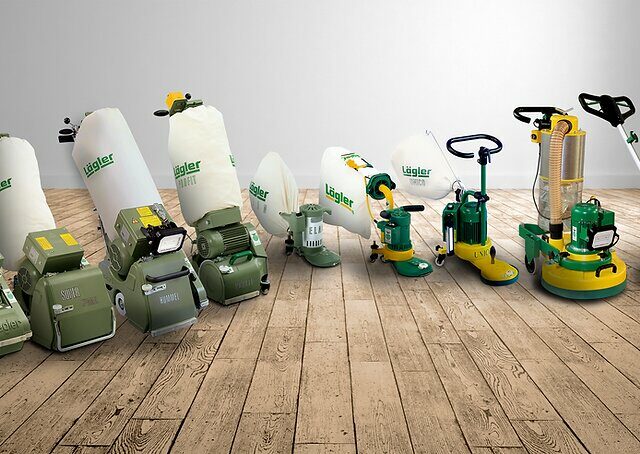
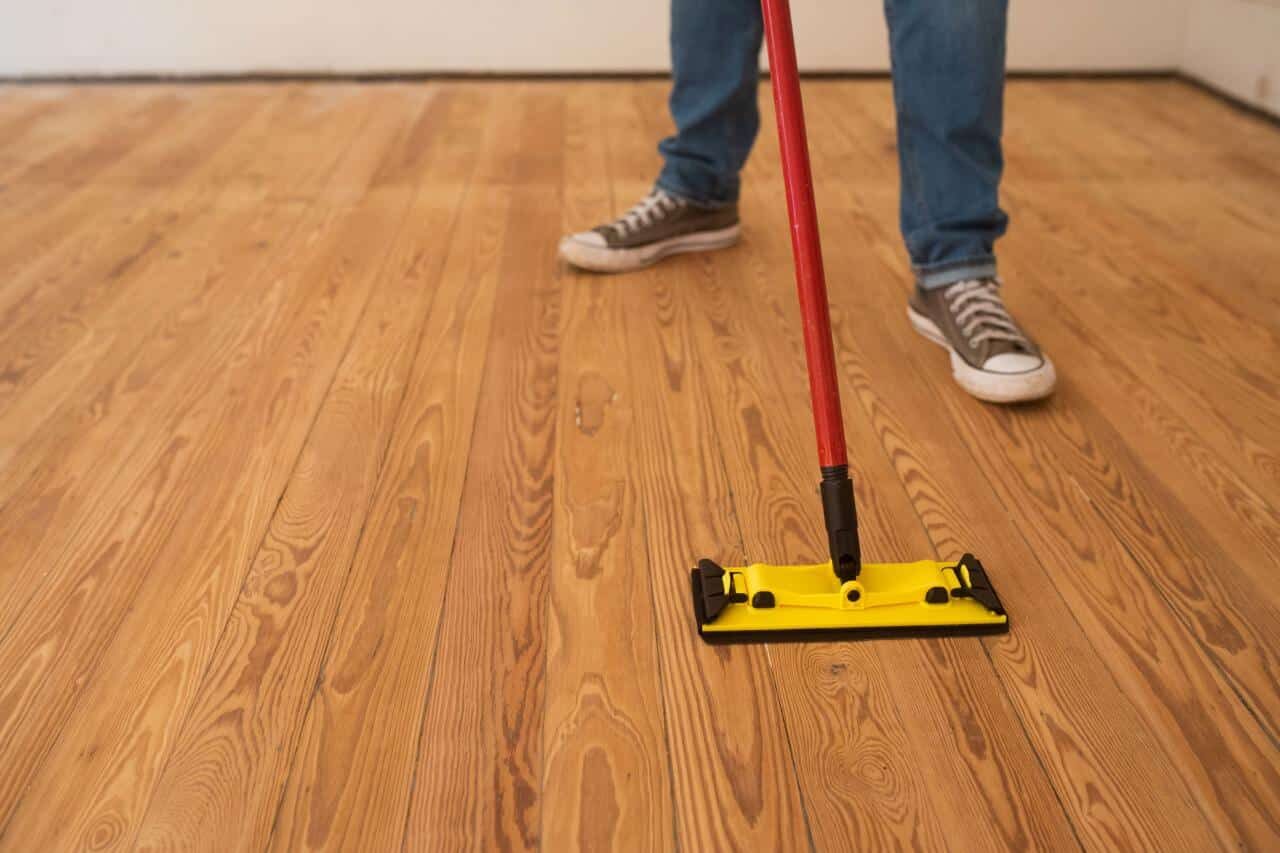
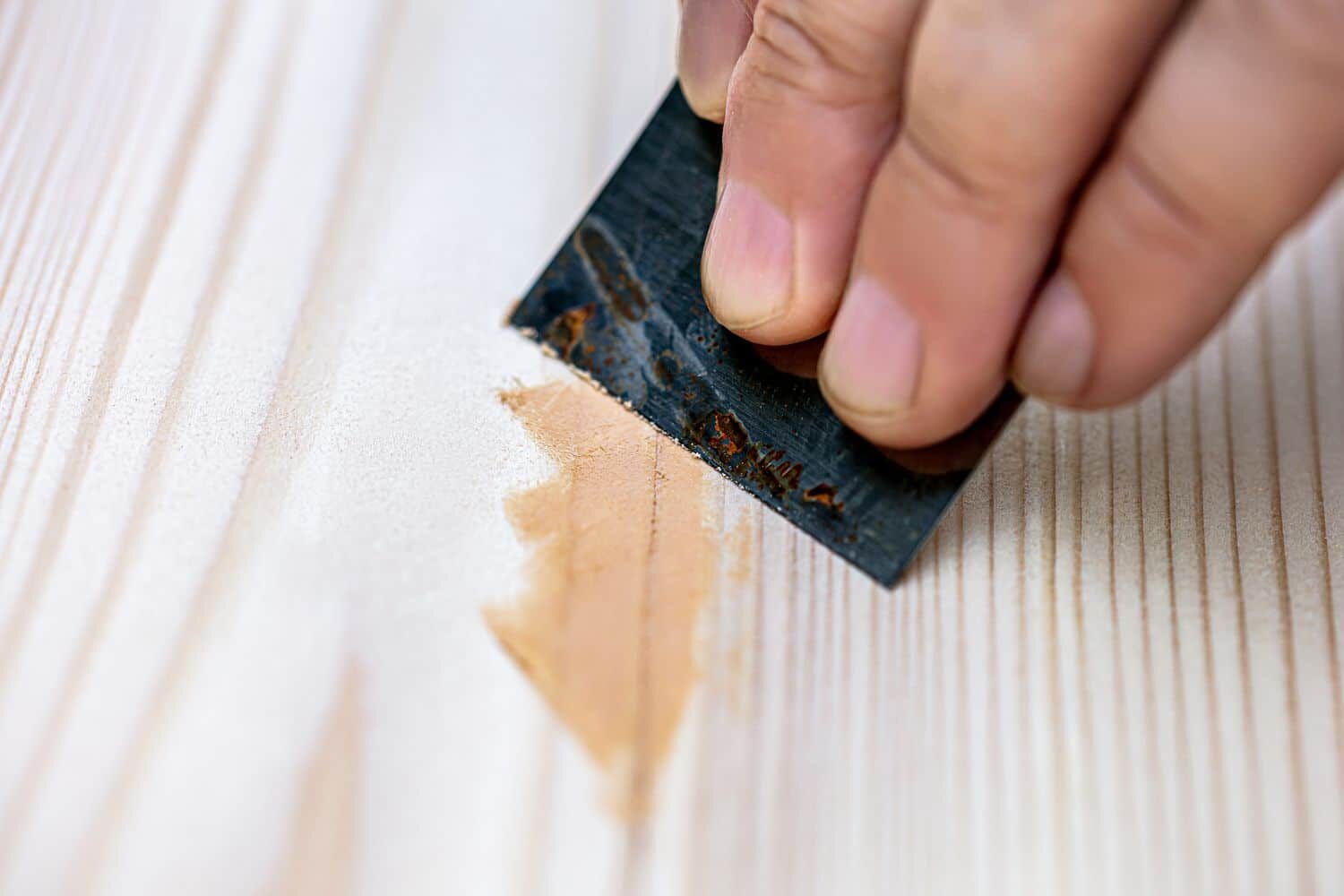

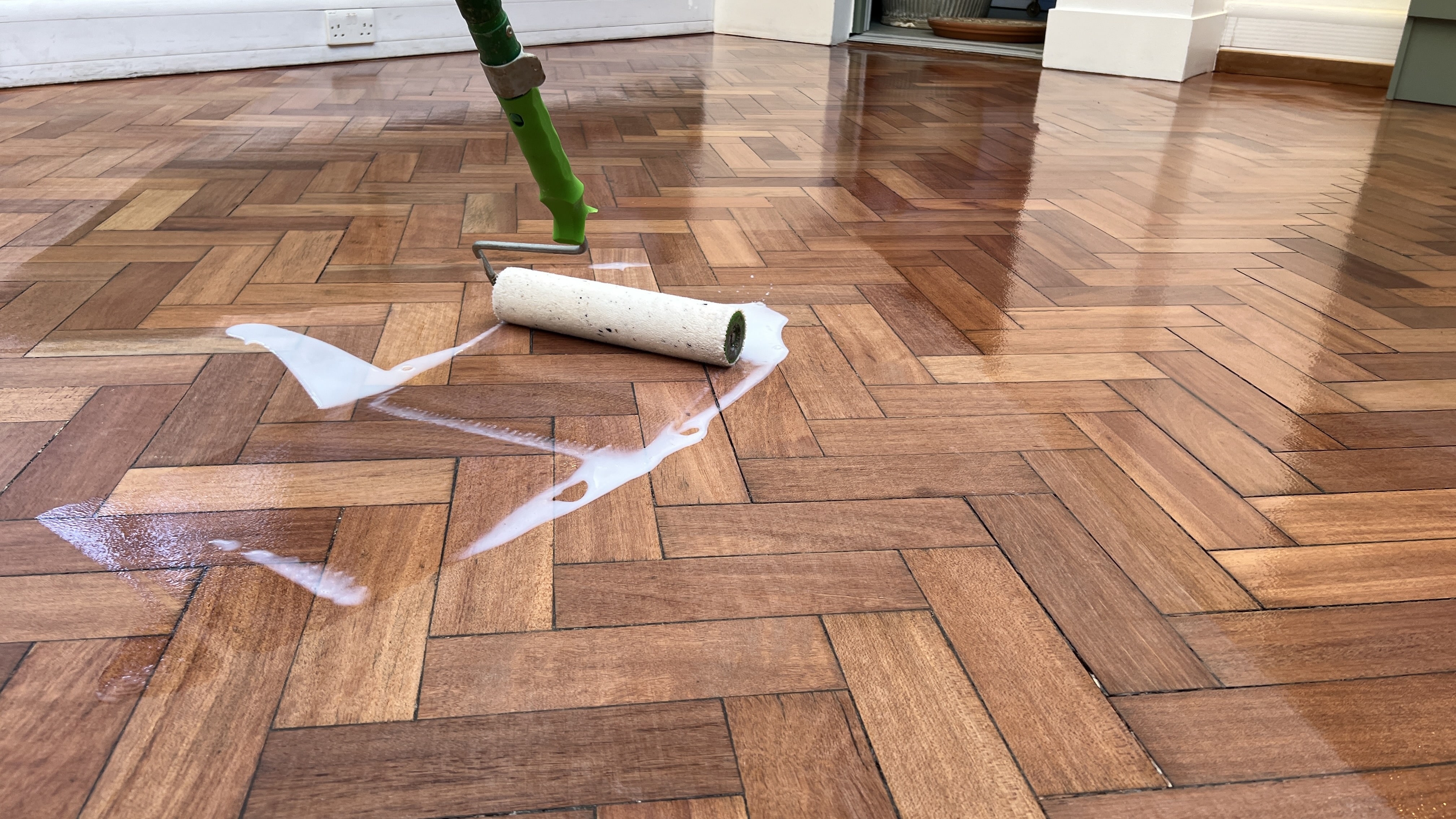
Learning the correct techniques
Sanding involves several stages: coarse sanding to remove the old finish, medium sanding to smooth the wood, and fine sanding to prepare the floor for the new finish. Each step requires different grit sandpapers, starting from low (coarse) to high (fine). It’s vital to sand along the grain of the wood and maintain a steady pace to avoid uneven surfaces. Skipping grits or rushing through stages can result in visible scratches and an unsatisfactory finish.When to Call a Professional
Recognizing when a job is beyond your capabilities is a skill in itself. Here are some situations where hiring a professional is advised:
When dealing with vintage or antique floors
If your home features antique or vintage wooden flooring, it’s advisable to contact a professional. These floors may have unique characteristics that require a specific approach and expertise to preserve their historical integrity.Complex Flooring Types
Parquet and patterned floors can be particularly challenging to sand correctly due to their intricate designs. In addition, the wood grains in these floors often run in different directions, requiring a careful and skilled approach to avoid damaging the patterns.Floors That Have Been Sanded Multiple Times
Floors that have undergone sanding several times may be too thin to sand again. Over-sanding can lead to low spots, or worse, it can expose the nails or adhesive beneath. Professionals can assess the situation accurately and suggest the best course of action.If you’re short on time
Sanding a floor takes time and patience. If you’re in a hurry or have a large area to cover, hiring a professional can save you time. They have industrial-grade machines that can complete the task more efficiently.Lack of proper tools and experience
While rental shops offer floor sanders, they often lack the power and precision of professional-grade machines. Additionally, there’s a learning curve involved in operating these machines effectively. If you’re inexperienced, it might be safer and more cost-effective to hire a professional.The bottom line
Sanding wooden floors can be a rewarding project that breathes new life into your living space. However, it’s crucial to approach this task with a clear understanding of your abilities and limitations. Embarking on a DIY sanding project without the necessary knowledge, preparation, and skill can lead to damaging your beloved wooden floors. In contrast, recognizing when to call in the experts can save you time, protect your investment, and ensure a beautifully refinished floor. Remember, there’s no shame in asking for professional help. Indeed, it’s a mark of wisdom to know one’s limits when it comes to tasks as critical as sanding wooden flooring. In the long run, knowing your limits can be the key to maintaining the beauty and longevity of your wooden floors. Whether you decide to take on the sanding project yourself or hire a professional, the crucial point is that your wooden floor gets the care it needs to shine in all its glory. After all, a well-maintained wooden floor is more than just a surface to walk on; it’s the foundation of a cozy, welcoming home.Some Useful Links:
- Stairs Sanding & Refinishing
- Floor Sanding Services
- School Floor Sanding
- Wood Floor Restorations
- Wood Floor Repairs
- Wood Floor Polishing
More from our Blog:
Do you Want A Beautiful Wood Floor Restoration? Hire Mr Sander® London Dustless Wood Floor Sanding: The Efficient & Cleaner Renovation Refinishing Wood Flooring to Best Effect at Mr Sander® Recoating a Wood Floor with Lacquered Finish | Step-by-Step Guide Professional Hardwood Floor Restoration in London Homes
Sanding
We provide virtually dust-free sanding with our continuous belt machinery with mobile extraction units, giving you a safer environment for your family.
Oiling
This organic finish not only adds beauty to your home but also has exceptional water-repellent characteristics, making it easier to clean and maintain.
Waxing
This natural floor finish offers the softest and most mellow appearance – and leaves your floor able to breath.
Buffing
Using soft buffing machines (and hand-polishing where required) will bring a wonderful sheen to your newly-finished floor.
Repairs
We offer a full assessment of your wooden floors to determine what repairs are needed to provide the perfect working surface for the later stages of sanding, staining and sealing.
Restoration
We offer a comprehensive restoration process designed to address floors that are improperly fitted or damaged over time through wear and tear.
Request a fixed price quote for your wood floor restoration now
Simply enter your postcode below to get started.
Services
Wood Floor Sanding Wood Floor Restoration Wood Floor Scratch Repair Squeaky Wood Floor Repair Parquet Floor Sanding Parquet Floor Restoration Commercial Floor Sanding Church Floor Sanding Community Centre Floor Sanding School Floor Sanding Gap Filling Gap Filling with ResinCopyright © Mr Sander®
Privacy & Cookies Terms & Conditions Complaints Procedure Cancellation Rights Sitemap